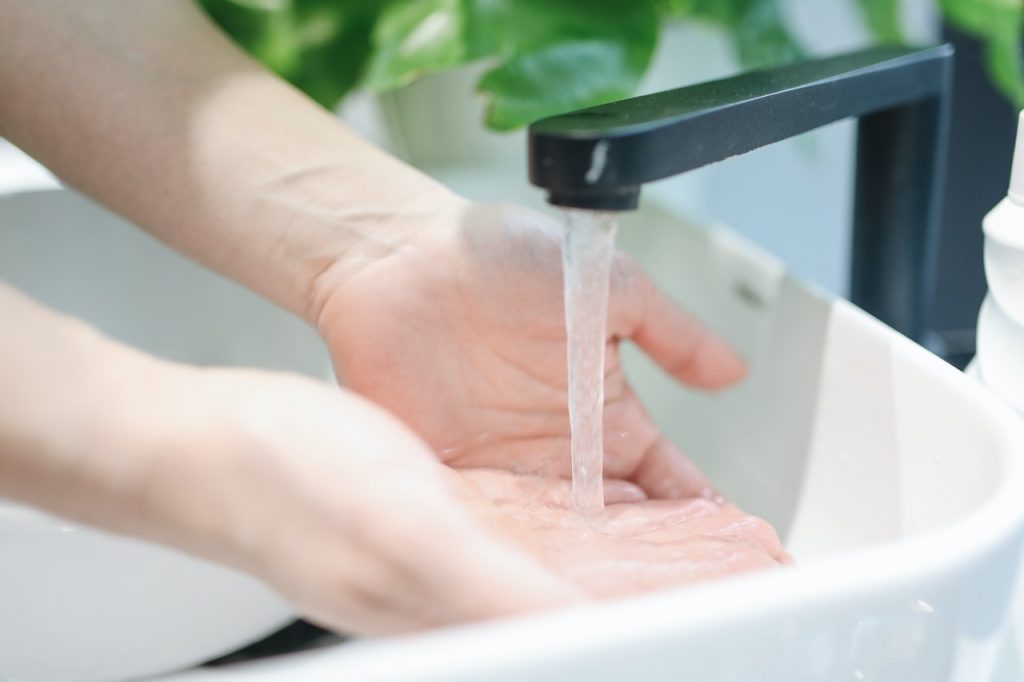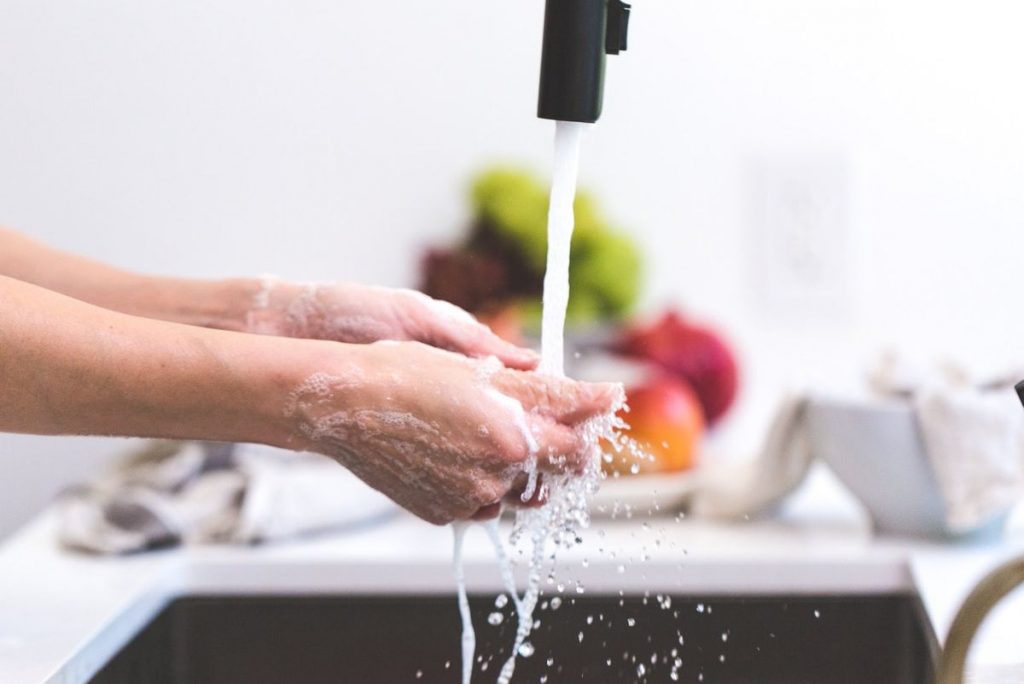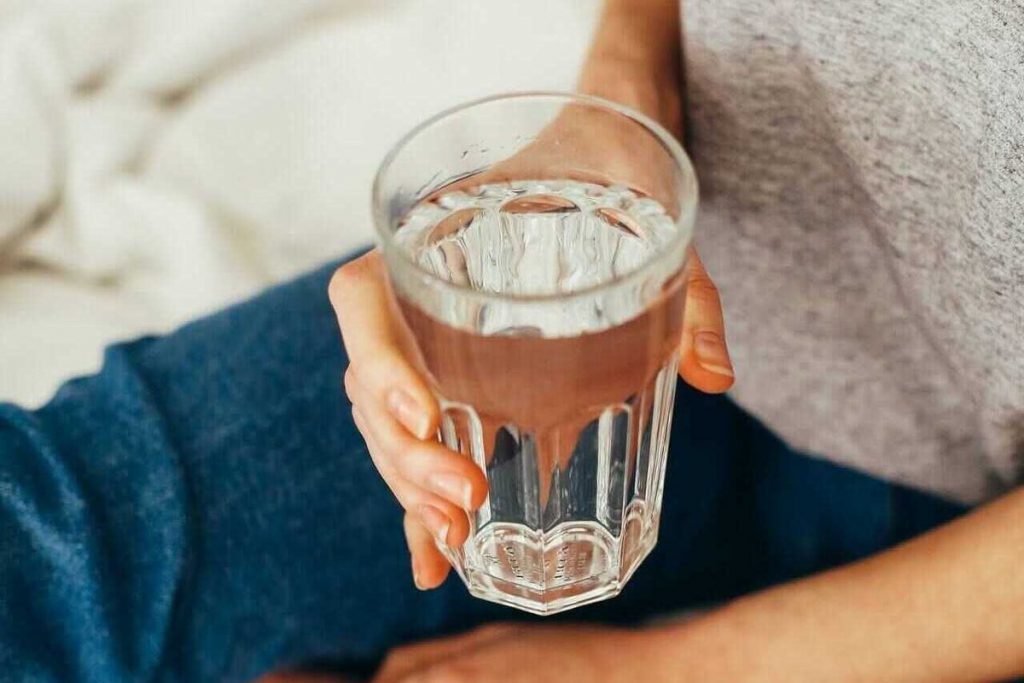If you’re a homesteader, farmer, gardener, well owner, or all of the above, then you should be aware of the risks of contamination in your well water. After all, us well owners aren’t connected to the city water supply, so we are responsible for makin sure the water our families use is safe and free from contaminants. Did you know that about 15 percent of the US population gets their drinking water from private wells?
In this post, we’ll discuss the symptoms of well water contamination, most common sources of contamination, and what you can do to protect your water supply. We’ll also cover some tips for checking your water for contaminants and some frequently asked questions. So whether you’re just starting out with wells or you’ve been using them for years, make sure to read on!
What are the signs of well water contamination?
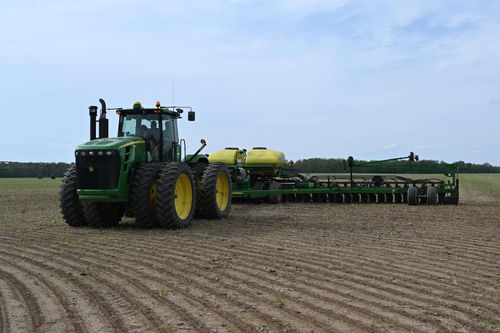
Well water contamination can occur when harmful bacteria or chemicals enter the well. Well water can become contaminated for a variety of reasons. If the well is located near agricultural land, chemicals from fertilizers and pesticides may leach into the water. In addition, well water can be contaminated by septic tanks or other sources of sewage. It can also happen if the well is not properly constructed or maintained. The symptoms of well water contamination in people vary depending on the type of contaminant present. For example, contaminants like lead can cause neurological problems over time, while bacteria can cause stomach pain, diarrhea and vomiting. In addition, well water can be contaminated by industrial chemicals that have leached into the ground. The most common signs of well water contamination in the water itself are an unpleasant taste or odor, cloudy water, or water that contains visible particles.
Before you keep reading, hold on! Just because your water smells funny or looks funny doesn’t necessarily mean you have to worry.
Well water comes straight out of the ground to your home. It doesn’t go through any fancy treatment facilities before it reaches your home – the most treatment it gets is probably just your water softener. This means that sometimes it might turn yellow or take on some strange smells like fish or rotten eggs. A lot of the time, this is harmless and it will go away on its own or with some simple at-home solutions, but if you notice any of these signs, it’s important to have your well water tested as soon as possible. If you are truly concerned, you should boil your water before drinking it or use bottled water in the meantime.
It’s important to have your well water tested regularly to ensure that it is safe to drink. If you suspect that your well water has been contaminated, contact your local health department for more information.
How to test your well water for contamination
If you have a well, it’s important to test your water regularly for contamination. There are many potential contaminants that can affect well water, including bacteria, viruses, and chemicals. While most well water is safe to drink, some contamination can cause serious health problems.
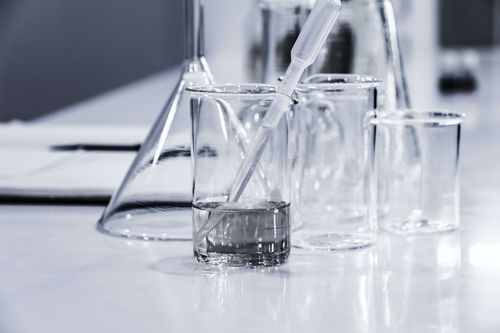
There are several ways to test for well water contamination. One option is to use an at-home well water test kit. These kits are available at most hardware stores and home improvement centers. They usually include test strips and a well water testing guide, and they test for many different things including bacteria, inorganic materials like nitrates and sulfates, heavy metals like lead and mercury, and physical properties like pH and hardness. They are very handy to have around the home at all times! Another option is to have your well water tested by a professional laboratory. This is the most accurate way to test for well water contamination, but it can be more expensive than do-it-yourself kits.
If you suspect that your well water is contaminated, you should contact your local health department or environmental agency immediately. They can help you find a qualified well water testing laboratory in your area and provide guidance on how to safely clean and disinfect your well.
The most common types of contaminants in well water
If you have a well, it’s important to be aware of the potential for contamination. The most common types of contaminants in well water are bacteria such as coliform. E.coli is a species of coliform bacteria and is primarily found in the feces of mammals. Although e.coli is not a common type of coliform to infiltrate your well, if your water does test positive for it, stop consuming it immediately. Your water has likely been exposed to fecal matter from farm runoff or a contaminated surface water source nearby that has leached into the ground.

Most, if not all, well water tests will test for total coliform. Various types of coliform live naturally in the soil, but it is not natural for them to live in groundwater. If your water tests positive for total coliform but negative for e.coli, it is not considered an immediate health hazard, but it does indicate that other harmful bacteria may be present and you should investigate further. In other words, most coliform bacteria (other than dangerous species like e.coli) are considered “indicator organisms”, as their presence in water may mean that other, more concerning, pathogens may have contaminated the water.
In addition to bacteria, other common contaminants include nitrates, metals, and pesticides. These contaminants can cause a variety of health problems, so it’s important to have your water tested and to take steps to filter or purify it if necessary. If you stay informed about the potential for contamination in well water, you can help keep yourself and your family safe and healthy.
How to fix contamination in well water
Contamination in well water can come from a variety of sources, including agricultural runoff, septic systems, and even naturally occurring substances in the groundwater. There are quite a few ways that contamination can happen in well water, but luckily, there are also ways to fix it.
First, you’ll need to have your water tested to identify the specific contaminants present. Once you know what you’re dealing with, it narrows it down and makes it easier to figure out what to do next. For example, if septic systems are to blame, you may need to have your system professionally inspected and serviced. If bacteria is the issue, you may need to install a UV filtration system or ozone treatment system. In fact, coliform bacteria in well water is something that a lot of well owners are concerned about, and there are many different approaches to treating the issue, such as the ones found in this excellent resource about what to do if coliform is present in your well water. These are great overall troubleshooting techniques for any kind of contamination and it is a great resource to have on hand!
If you’re not sure how to fix contamination in your well water, don’t hesitate to reach out to a professional for help. There are many experienced water treatment professionals who can help you develop an effective plan for addressing contamination. With their help, you can ensure that your water is safe for both your family and your well system.
Conclusion
Have you ever had issues with your well? What did you end up having to do about it? Let me know in the comments! I’d love to hear about your experiences. As a homesteader or well owner, it’s important to be aware of the symptoms of water contamination so that you can address them as soon as possible if they do occur. By being proactive and understanding the most common sources of contamination, you can help protect your family and homestead from getting sick. Thanks for reading!


